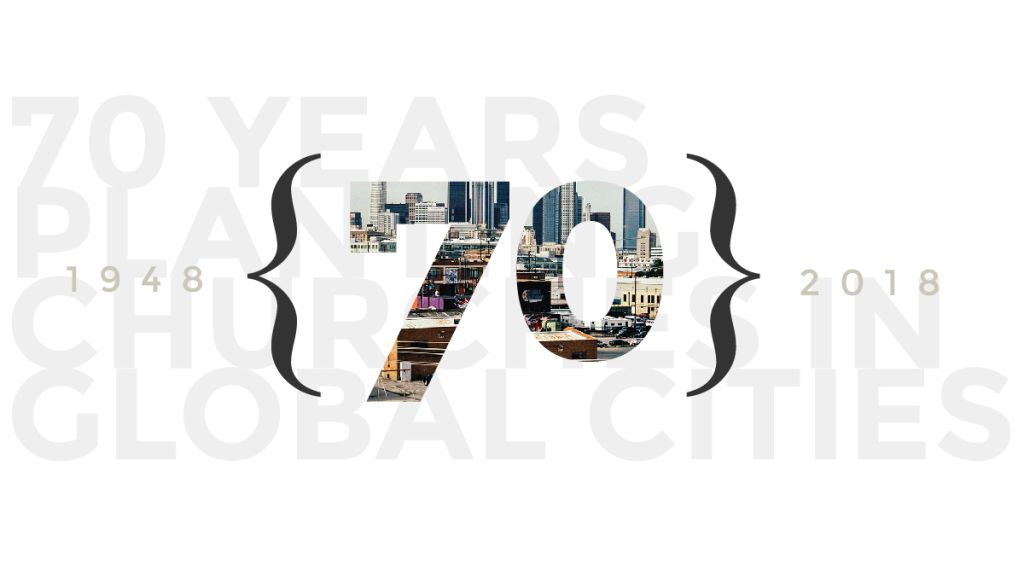Finding a Facility

From Brent Storms, Orchard Group President and CEO
One of the biggest challenges of starting a church in a center city or urban context is finding the right facility for Sunday gatherings. Space is limited. Landlords are skeptical. Prices are (often) outrageous. One example of the challenges: a few years ago, hotly contested lawsuits bounced from court to court regarding whether or not churches should be allowed to rent New York City public schools for religious services. Some churches met in public schools and then moved out and then back in again as a result.
Download a .pdf of this article
Orchard Group is focused on planting churches in New York City and in similar cities across the country and around the world. Our church planters have to be resilient and creative in their attempts to find good facilities to use for worship services. The way a new church in a densely populated context is forced to think about facility options and the creativity they demonstrate in utilizing buildings may offer some helpful ideas even for existing churches in suburban or small town settings.
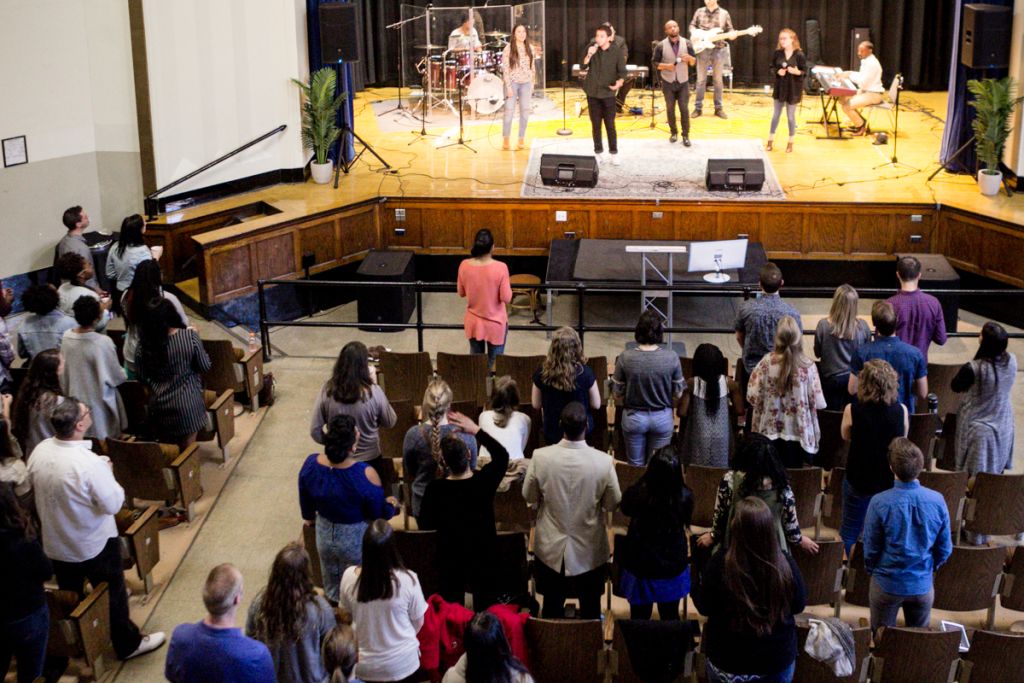
When coaching church planters about selecting the right facility, I encourage them to consider five factors, in this order:
- Is it VISIBLE? Do people in your community know where it is?
- Is it ACCESSIBLE? Can people reach the facility easily by public transportation and/or major roads?
- Is it FUNCTIONAL? Can you seat the number of adults you expect and still have room to grow? Will it work without compromising your children’s ministry plans?
- Is it COMFORTABLE? Does it have the right atmosphere? Will it feel welcoming to the people you are hoping to reach?
- Is it AFFORDABLE? Does it fit within your budget?
Think about this order with me. You invite your neighbor to your new church, which meets in a rented facility. When you tell them where your church meets and they say, “I know that place,” that’s a big win from the very start. If they say, “Never heard of it,” things get tougher. When they agree to visit and they can get there easily, that’s another win. When it’s hard to get to by subway, bus or car, that presents an unfortunate obstacle. When they show up, if they can get their kids checked in to a safe, clean room and can find a comfortable seat, that will really help with their experience. If they can’t, good luck getting them to come back next time. It’s a bonus if the room has a cool vibe or artistic atmosphere, but probably not as critical as the first few factors.
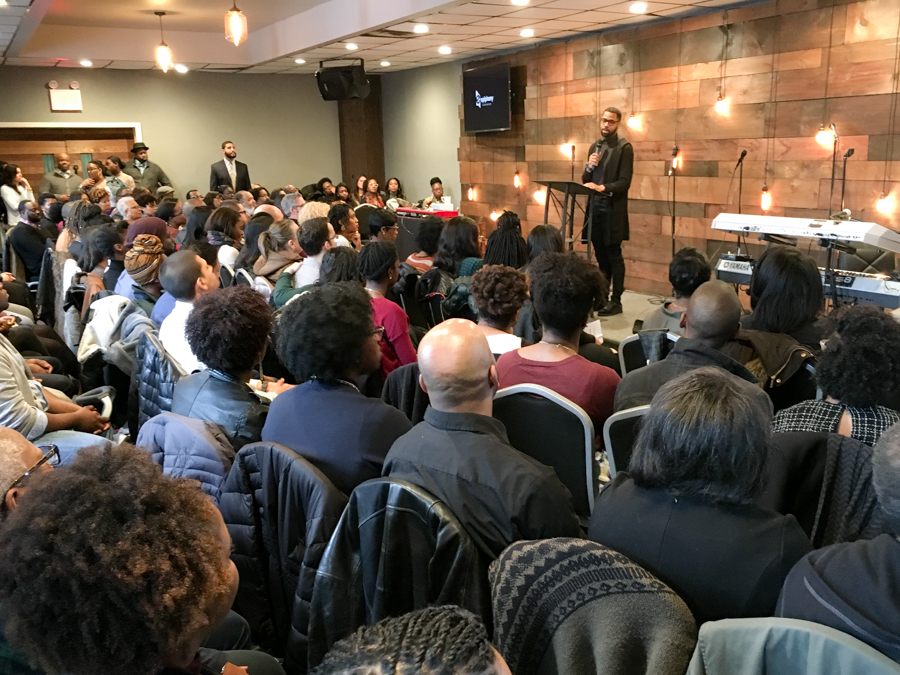
I tell church planters, you are probably going to have to compromise on at least one of the above. For a brand new church aiming to reach non-Christians, the first three items are almost non-negotiable. However, if a facility meets all of the first four criteria, it’s worth revisiting the budget to compromise on number five. It’s an extremely shortsighted mistake to let affordability become a bigger factor than the others.
Most new churches in city center or urban settings start out meeting in spaces they rent on Sundays only. We’ve seen new churches meet in school auditoriums, performing arts venues, older church buildings, movie theaters, hotel conference rooms, art galleries, restaurants/bars, concert halls and neighborhood gyms. It’s remarkable how empowering creative people in the core group can transform a temporary facility into a place that feels like home.
As a new church grows, opportunities to secure a more permanent facility expand – either through a long-term lease or by borrowing funds to purchase a building.
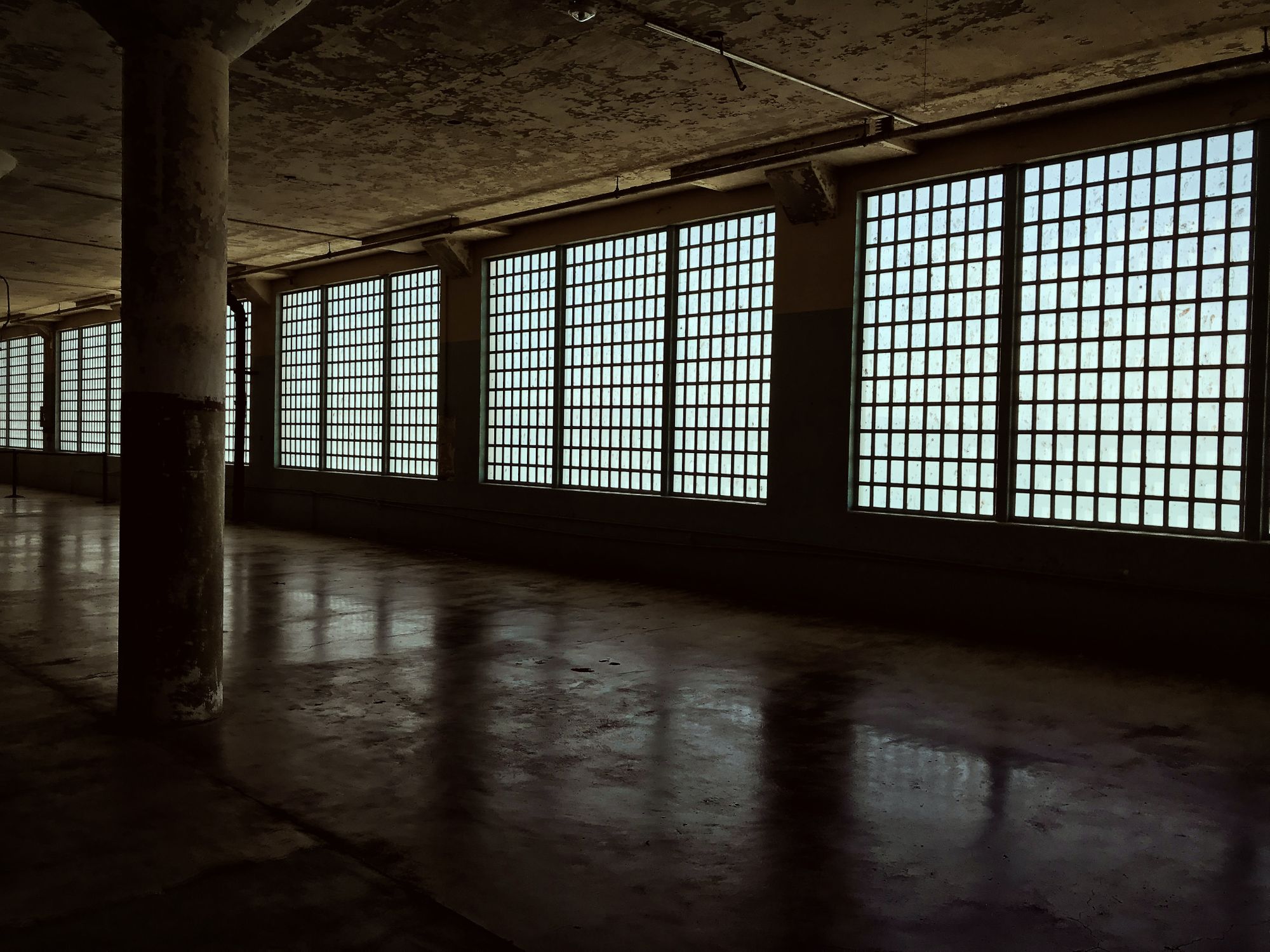
The church I served as lead planter in the Boston area has a long-term lease on 20,000 square feet in a massive industrial mill building. It has red brick walls and rough wood pillars and beams. It’s the kind of ambience architects of new buildings often try to re-create. It’s visible, accessible and functional. Amazingly it has great character and is relatively affordable, as well.
NEW CITY CHURCH in central Phoenix (planted in 2011) is reaching over 1,800 people on Sundays! A few years ago they purchased an abandoned commercial building (thanks to lending from The Solomon Foundation) on the main north/south avenue that runs through downtown. It is directly across the street from the main branch of the public library, so everyone has a readily identifiable reference point. There is a light rail station right in front of the building and a parking lot in the back. Their renovations make the space functional and beautiful.
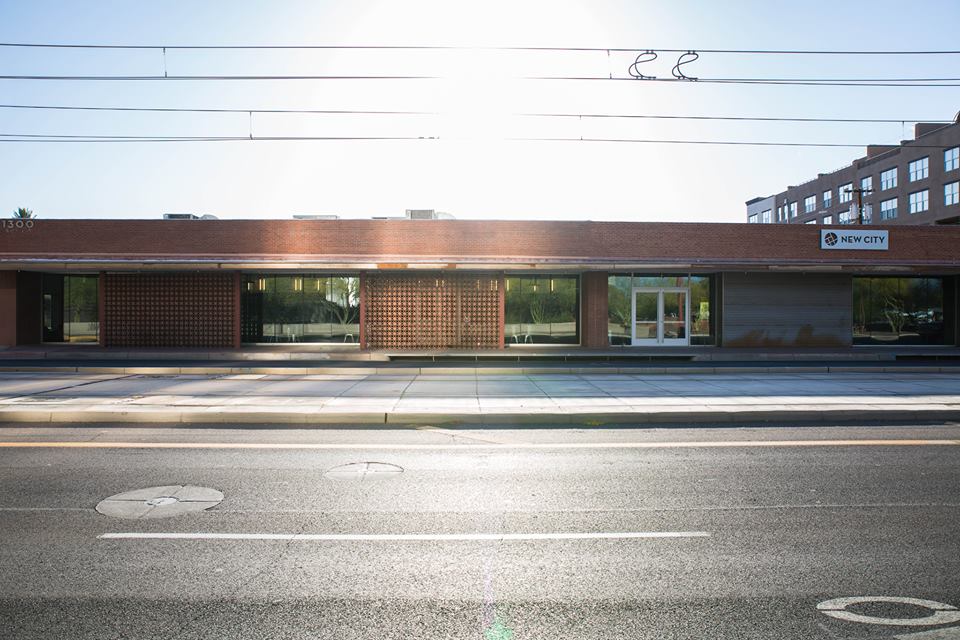
RESTORATION CHURCH in Philadelphia (planted in 2014) has purchased and renovated an abandoned building (thanks to lending from Christian Financial Resources). Their new building will allow them to grow and serve their community in ways the rented space on Sundays never would.
MISSIO DEI COMMUNITY in downtown Salt Lake City (planted in 2010) also purchased an abandoned warehouse building a few years ago (again, thanks to The Solomon Foundation). It also has public transportation access, is located directly off of the main north/south interstate and has good parking. The views from their windows of the skyscrapers in the foreground and the Wasatch Mountains in the background are spectacular!
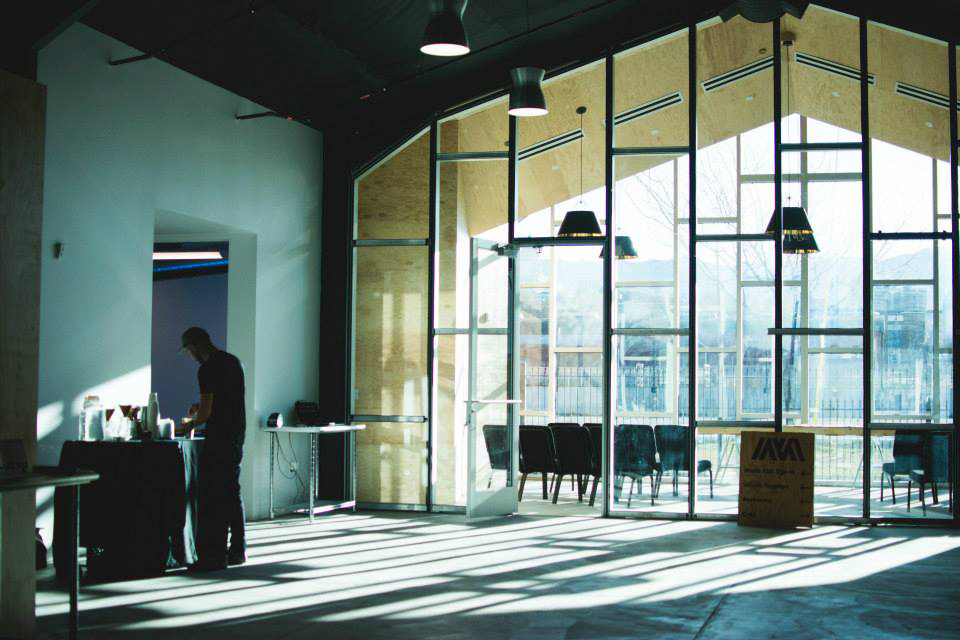
MISSION CHURCH in Ventura, CA (planted in 2011) is reaching 1,500 people every Sunday. For their first several years, they met in an abandoned movie theater complex. With help from Church Development Fund, they have purchased and are in the process of renovating an abandoned building in their community. Guess what? It is visible, accessible and functional. Creative people in their congregation will give it a great atmosphere, too.
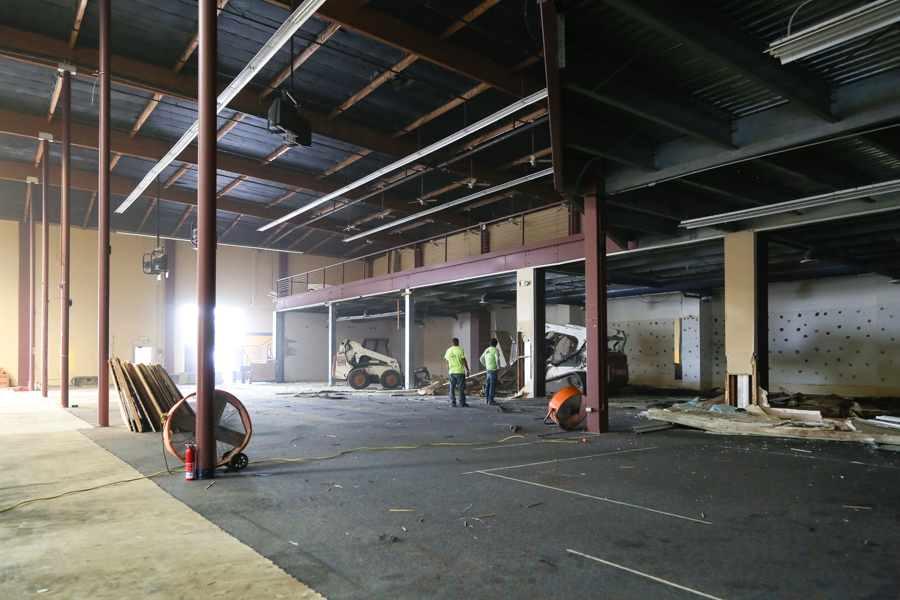
Some new churches in cities may never own a building of their own. Renaissance Church in Harlem (planted in 2014) is reaching over 500 people! The church has a wonderful relationship with the public school they meet in on Sundays. It isn’t the most visible, but it is easily accessible by several subway lines. It has great space for adult worship and kids’ classes and they make it look and feel great every weekend. Because of the trust they’ve built with the school administrators they are able to serve the students and teachers in a wide variety of ways. The rent is so affordable that they envision meeting there as long as they are able. What they are saving in facility expense is enabling them to invest in a new church starting next year in another section of Manhattan.
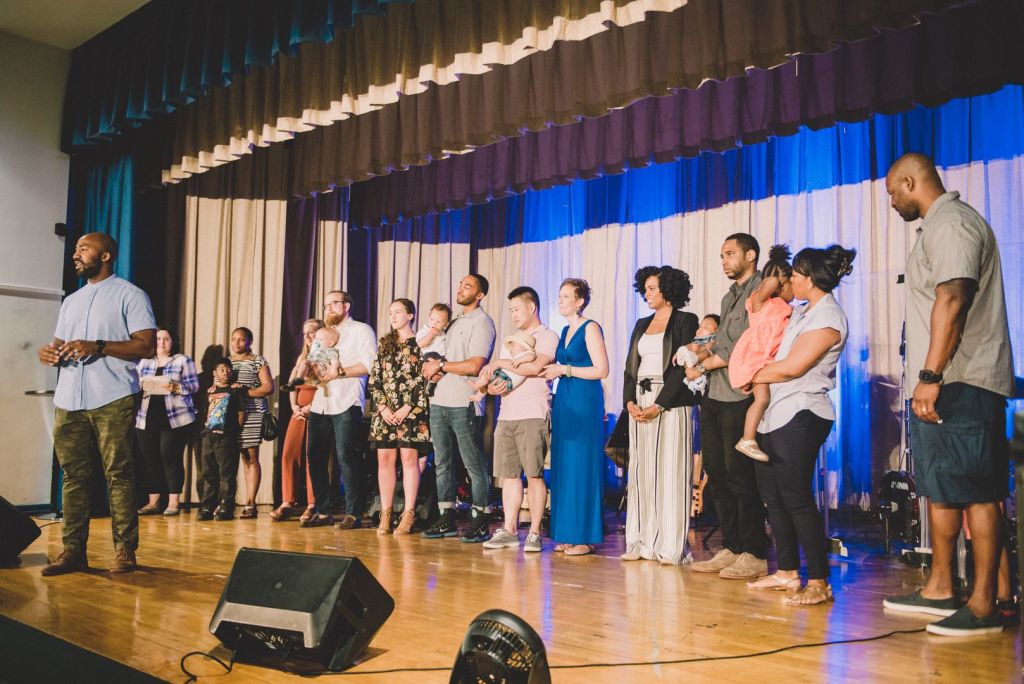
While not a church started by Orchard Group like these others, Christ Church in Southampton, UK found a creative facility solution that also serves their community. When they learned that the public library in their neighborhood was scheduled to close down due to lack of public funding, they offered to keep the library open in exchange for use of the space. Now, all the bookcases are on wheels, during the week, it’s a library for public use. On Sundays, the bookcases are pushed to the side and chairs are set up for worship services. Everyone wins.
New churches in city settings can offer these lessons to the broader church world:
- Always let form follow function. Ask the question: what is our mission? Then find the facility that helps you accomplish what you envision. If your church owns a building already, make it a habit of asking these questions: What messages are being communicated to first time guests by our property and our building? Are there any changes we could make to our property and our building that would improve the experience for our non-Christian friends when they visit? Too often existing church buildings have been allowed to take on a character that sends less than welcoming signals to guests.
- Enlist and empower creative people in your church to make the most of what you have to work with. New churches and churches meeting in temporary facilities are forced to mobilize dozens of volunteers every weekend in order to transform the space where they are meeting into an inviting place of worship. Imagine what could happen if churches with existing facilities channeled the same number of volunteer hours toward making every worship service as inviting and welcoming to guests as possible.
The Egyptian Wing of the Metropolitan Museum of Art in Manhattan houses a building called The Temple of Dendur. It was relocated to the museum from Egypt. It was originally constructed in the first century BC as a place for worshipping the Egyptian gods, Isis and Osiris. Amazingly, carvings inside the temple make it obvious that by the sixth century AD Christians were using the building as a place to worship Jesus Christ!
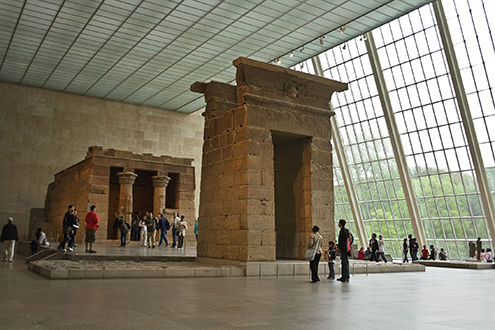
Christians have been doing this for thousands of years – utilizing buildings intended for one purpose for the only purpose that ultimately matters. There’s no reason we can’t use our creativity and imagination to keep doing it for thousands of years to come, or until we find ourselves worshipping Him in His very presence.
This article is one in a series on church planting in the city.
